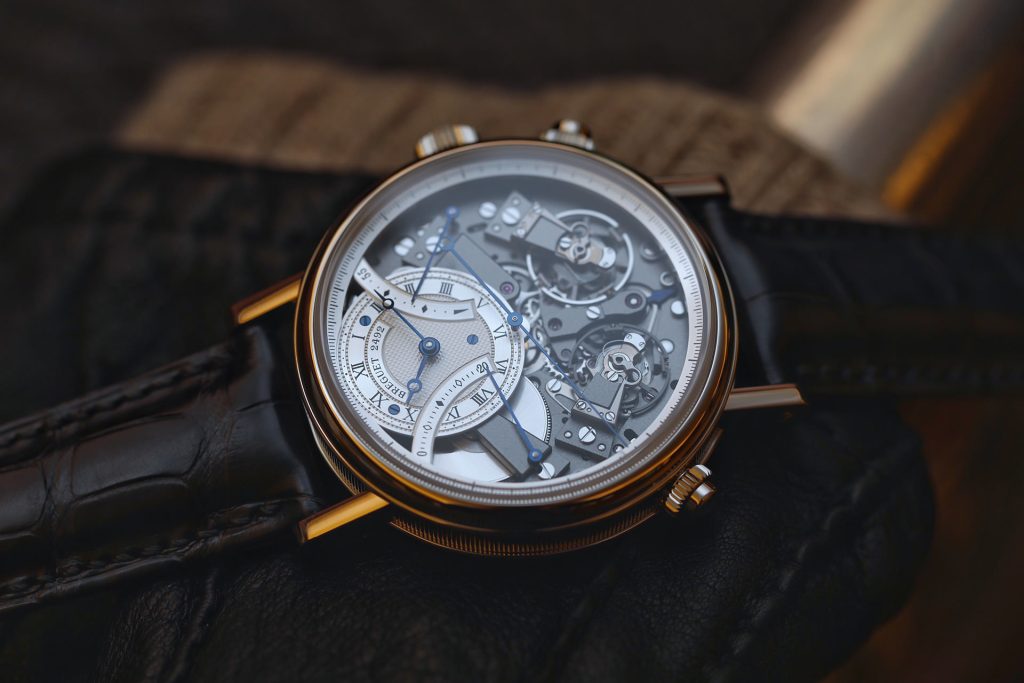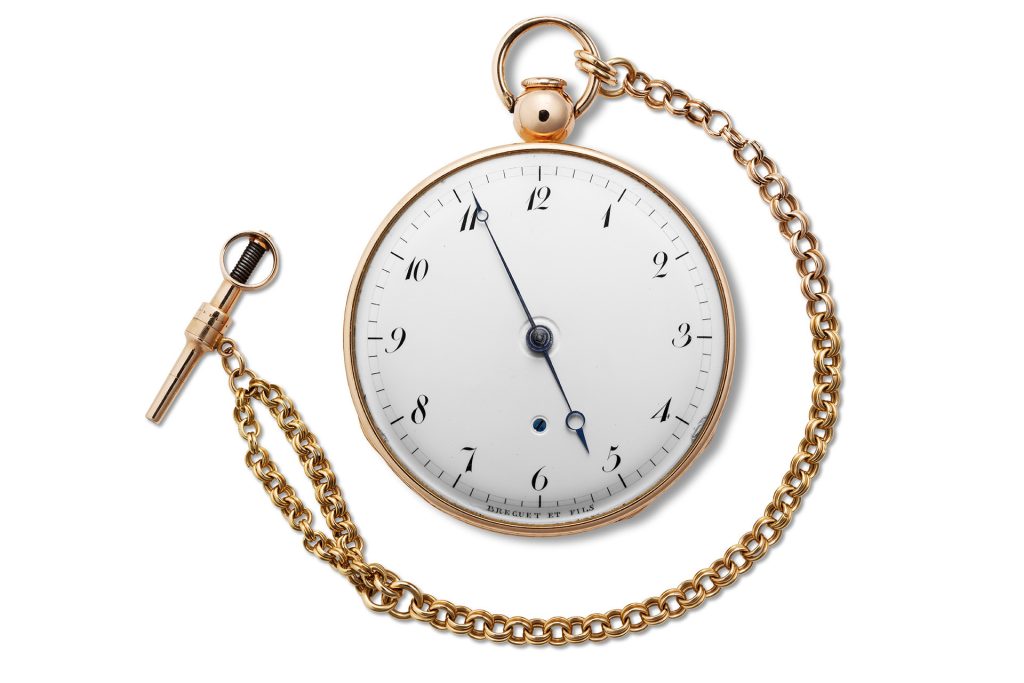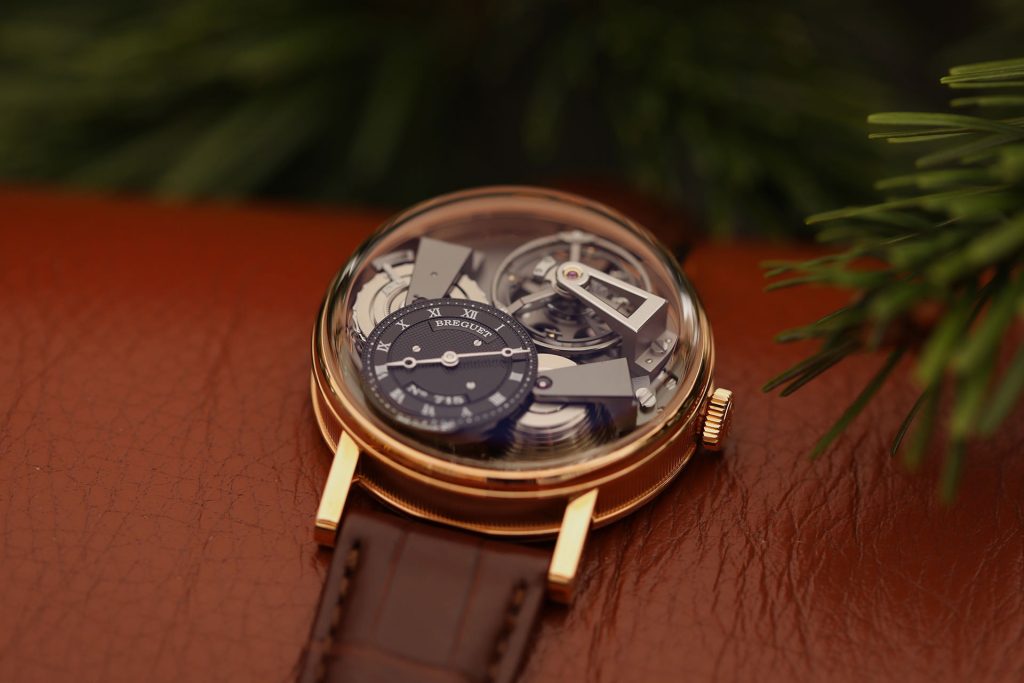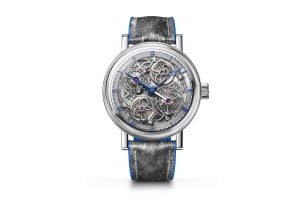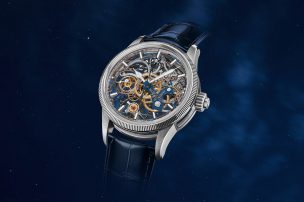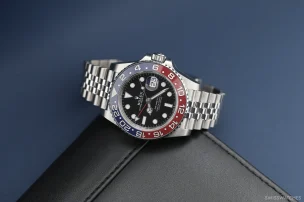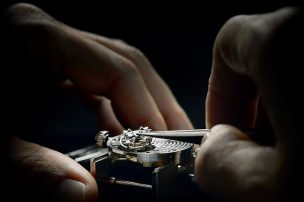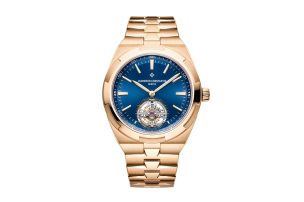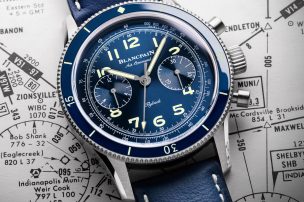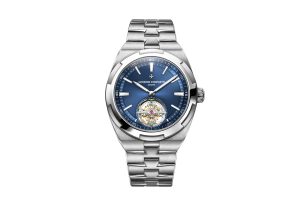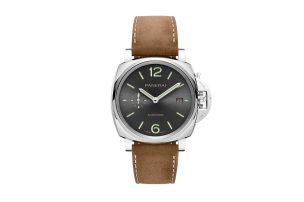
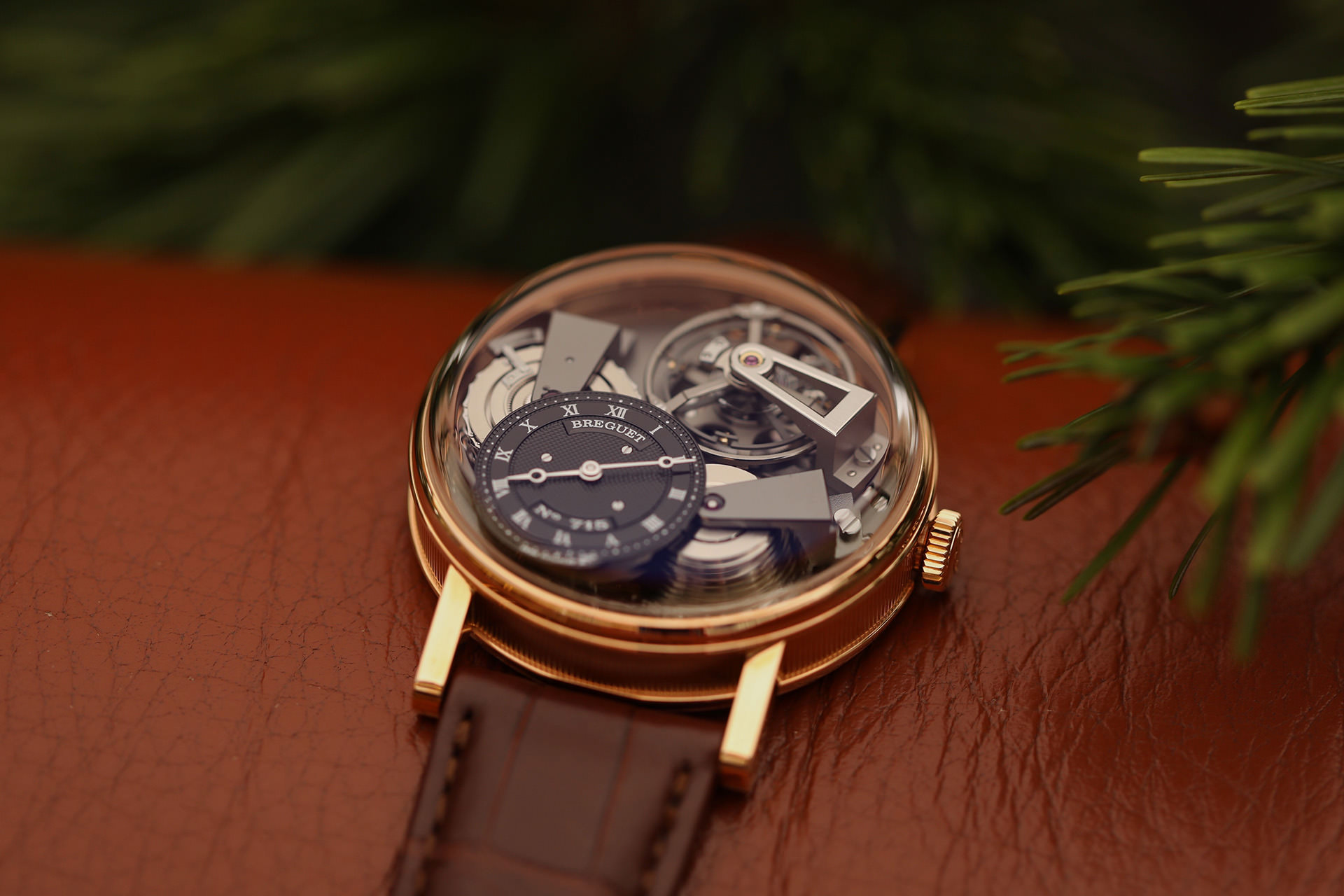
Breguet, Vienna and Napoleon Bonaparte
We recently set out to a journey to Vienna, the capital of Austria, which is such a beautiful and vibrant city with so much historical spirit that still keeps the city alive. One historical date that stands out is no doubt September 18, 1814 – the first appointment of the Congress of Vienna, which lasted until June 9, 1815. The objective was to redraw the map of Europe after Napoleon’s surrender, who had for many years fought against the forces of the quadruple alliance (Russia, Prussia, Austria and Great Britain). The victory over Napoleon marks the historical battle at Waterloo on June 20, 1815. And why do we tell you all this? Because many protagonists that have been involved – on and also off the battlefield – were loyal clients of Abraham-Louis Breguet, the watchmaker and founder of Breguet – one of them was Napoleon Bonaparte himself.
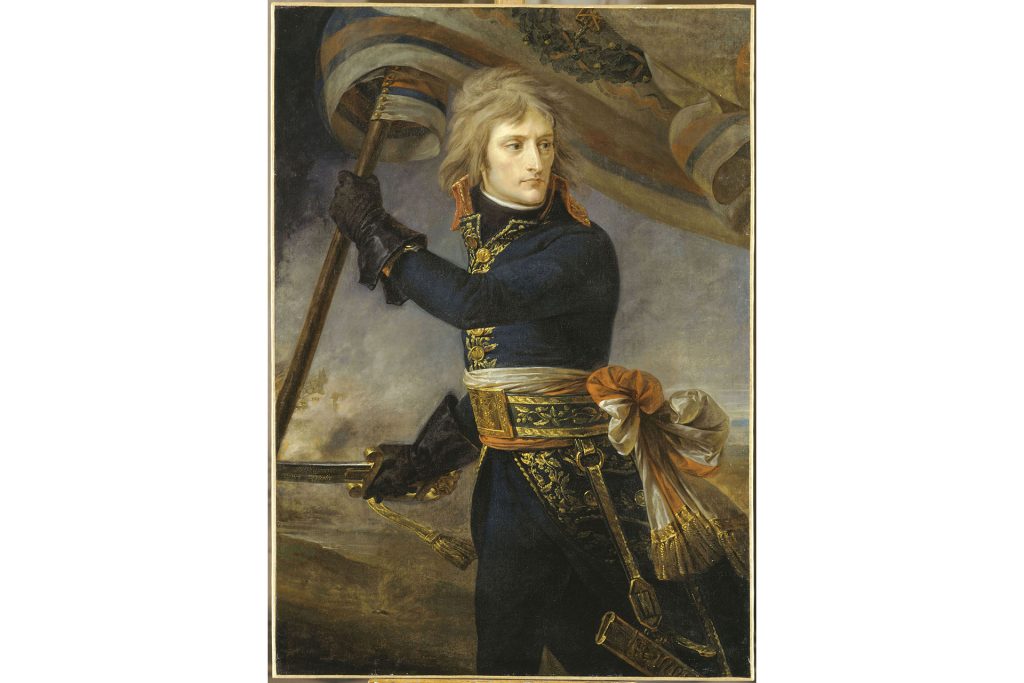
Famous Breguet client – Napoleon Bonaparte
By the time of the Congress of Vienna, Abraham-Louis Breguet had already been a watchmaker for 40 years. During these years Breguet experienced a rollercoaster journey, which after all formed his business over time. At the very start he settled in Paris in 1775 and his watches soon became popular at the French nobility under the regent of Ludwig XVI and Marie-Antoinette. However, during the French Revolution, Breguet was forced to move back to Switzerland where he was born. By that time, he had already expended his business to England, Spain and Russia where he made himself a name by producing distinctive, highly valuable handmade pocket watches.
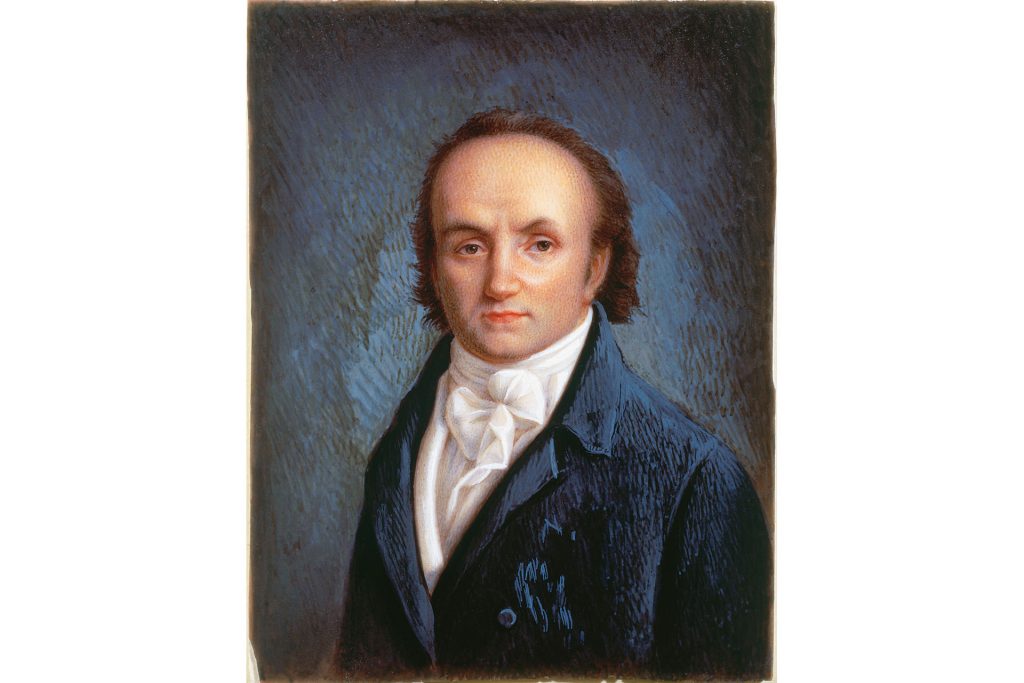
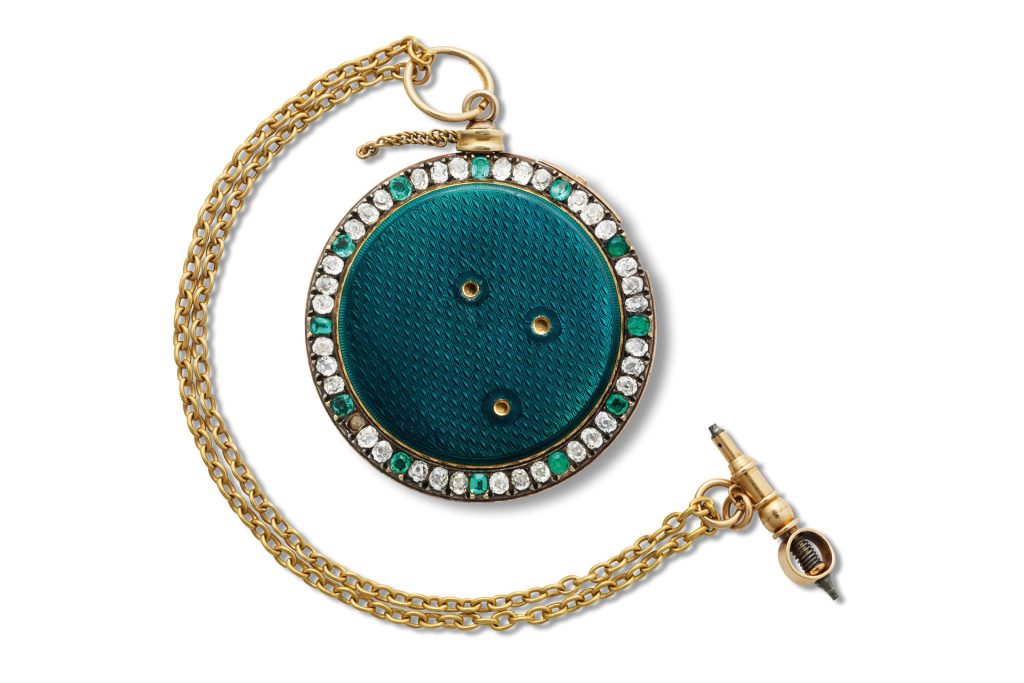
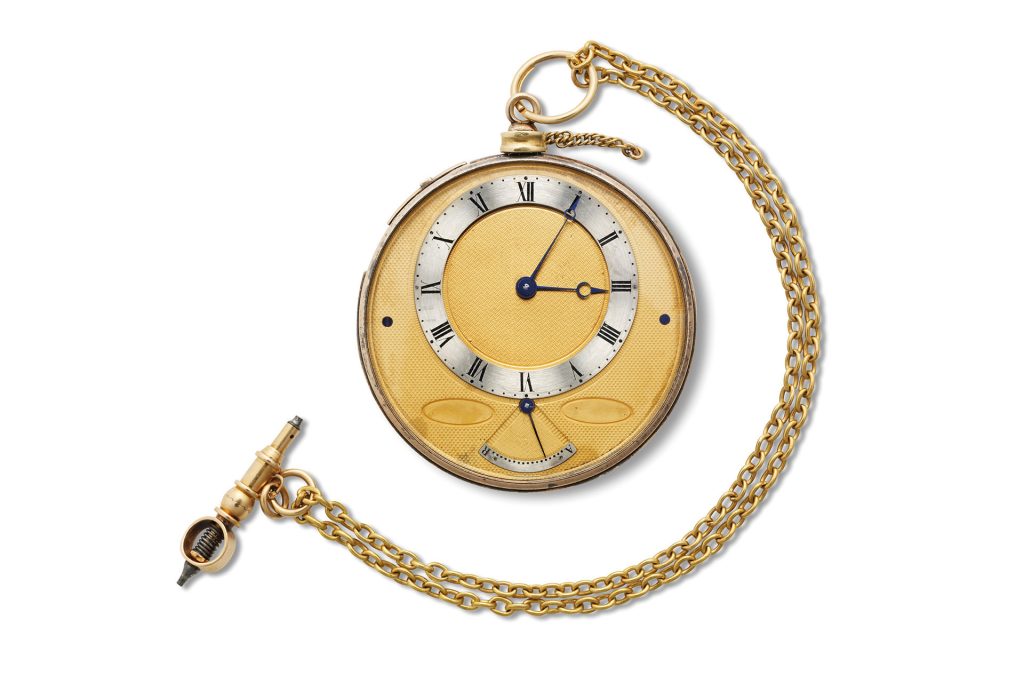
The watchmaker Abraham-Louis Breguet (left)
Back view – Breguet 2727 Medaillon watch of Marie Louise of Austria (right)
Front view – Breguet 2727 Medaillon watch from Marie Louise of Austria (middle)
Suddenly Napoleons politics cut him off making business internationally and his marked crashed. It was not until the surrender of Napoleon and the favourable outcome of the Congress of Vienna that Breguet was able to boost his production and international connections again and now counted a long list of clients at the prestige Congress.
“I spend more time looking onto my watch then anywhere else”
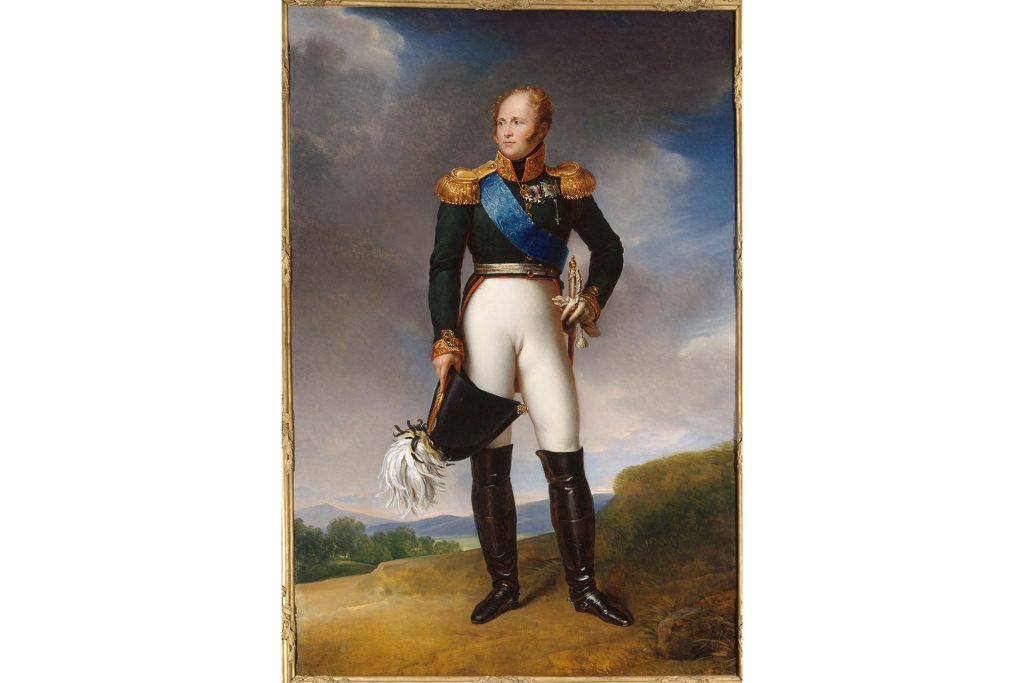
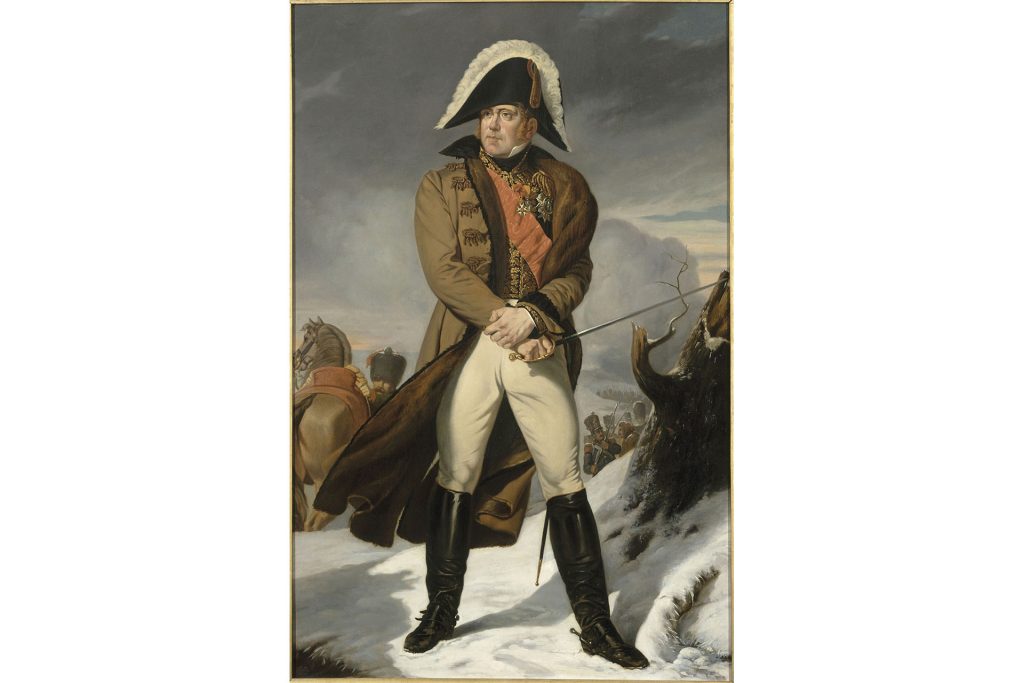
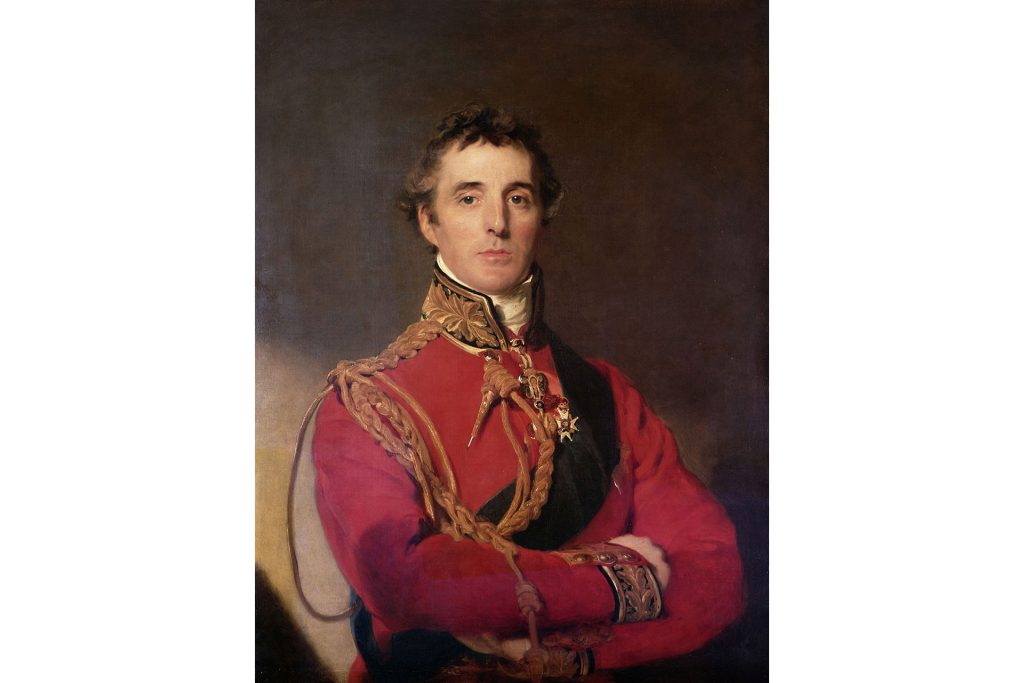
Breguet client: Czar Alexander I of Russia (left)
Breguet client: Michel Ney Marechal de France (middle)
Breguet client: the Duke of Wellington painted by Sir Thomas Lawrence (right)
To name a few more or less famous names for todays time, there were besides Napoleon the Tsar Alexander I, Prince Metternich, the Prussian King Friedrich-Wilhelm III and the Polish Politician Prince Stanislas Potocki who has bought his Breguet No.1693 on February 12, 1809 for 1.450 Francs. This pocket watch remained in good condition over the years and can be viewed at the Vienna watch museum till today.
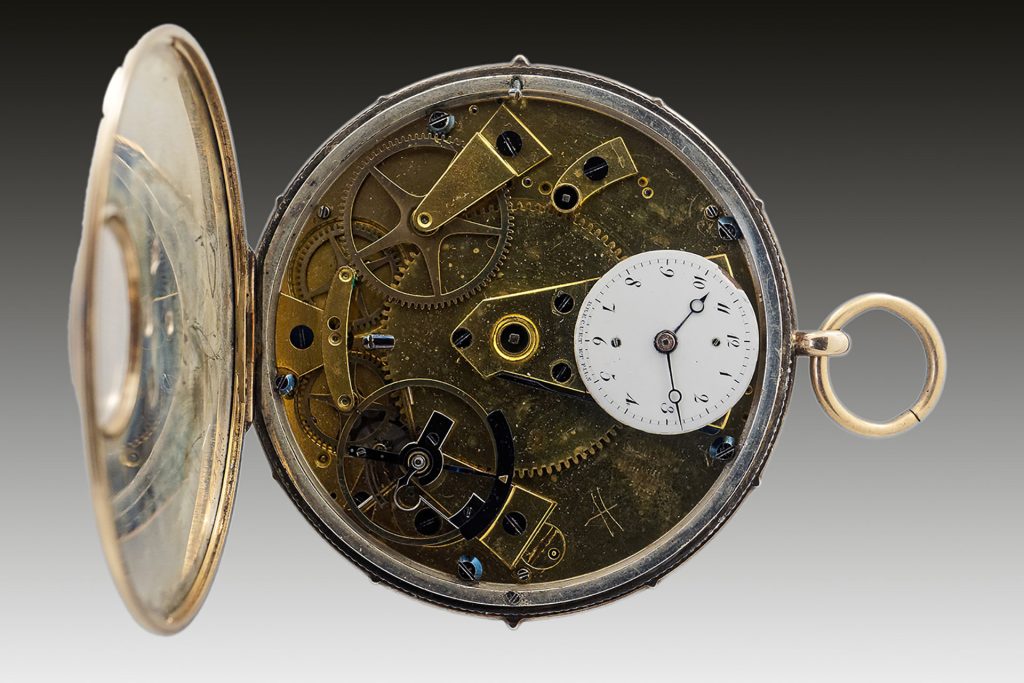

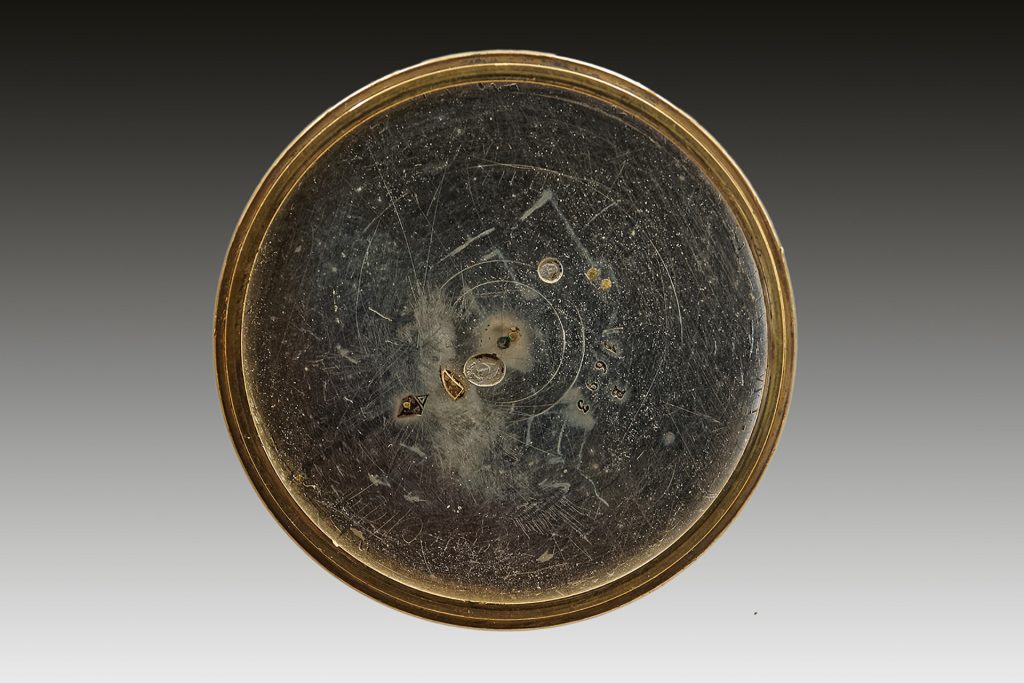
Breguet Nr. 1693 pocket watch from Polish politician Stanislas Potocki from the watch museum in Vienna (left)
Front view of the Breguet Nr. 1693 pocket watch from Polish politician Stanislas Potocki from the watch museum in Vienna (middle)
Back view of the Breguet Nr. 1693 pocket watch from Polish politician Stanislas Potocki from the watch museum in Vienna (right)
Furthermore, the original Breguet No.178 Pendulum quarter repeating watch that Napoleon Bonaparte bought on April 24, 1798 today belongs to the Swiss National Museum in Zurich. The Duke of Wellington (who fought on the battlefield at Waterloo) said just before the battle: “I spent more time looking onto my watch then anywhere else”. If that was an anxious tick or the deep passion for his watch is not recorded, let’s assume both.
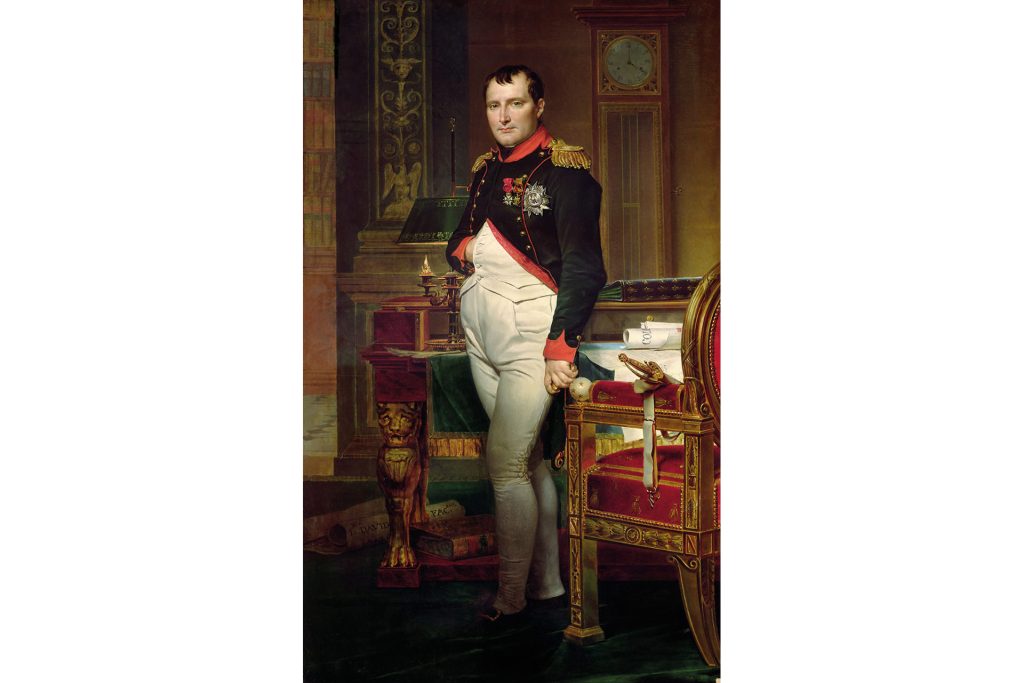
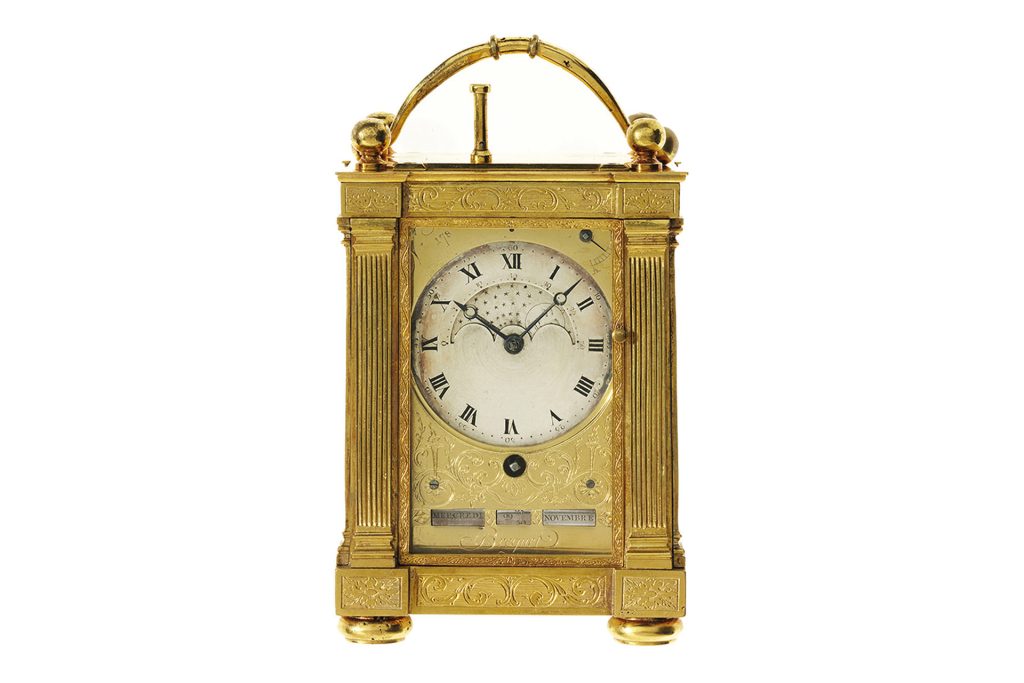
A portrait of Napoleon Bonaparte’s painted 1812 by J.L. David from the Bridgeman Art Library (left)
Breguet Nr. 178 Travel Pendulum of Napoleon Bonaparte which can be seen in the Swiss National Museum (right)
Just like these historical personalities have something in common, also the original Breguet watches still shape the present models. When looking at the pocket watches from more then two centuries ago and the collections today, you will instantly recognize the unmistakable fingerprints of Abraham-Louis Breguet. For example, the collection ‘Tradition’ is inspired by the legendary subscription-watches, meaning that the watch is only equipped with one hand to display the hours.
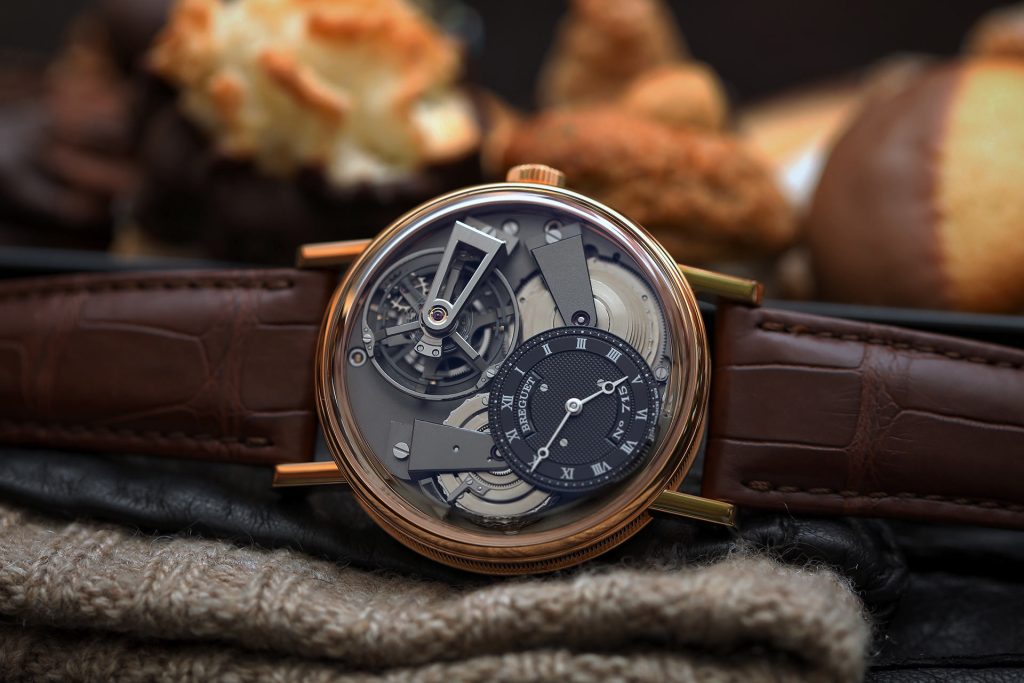
Breguet Tradition Tourbillon Fusée 7047
A rather simple mechanism but during wartime, when Abraham-Louis Breguet lost many wealthy customers due to the difficult economical situation, Subscription watches, of which he sold nearly 700 pieces, were the first ones produced in series and sold on a subscription basis. This enabled Breguet to continue his work, as he charged a partial sum whilst ordering the watch and receiving the remaining part after completion.
Today Breguet reinterprets the restrained design by translating key features into modern looks and paring them with intricate complications – like chronographs or tourbillons as can be seen on the Breguet Tradition Independent Chronograph 7077, the Tradition Tourbillon Fusée 7047 or the Classique 7787.
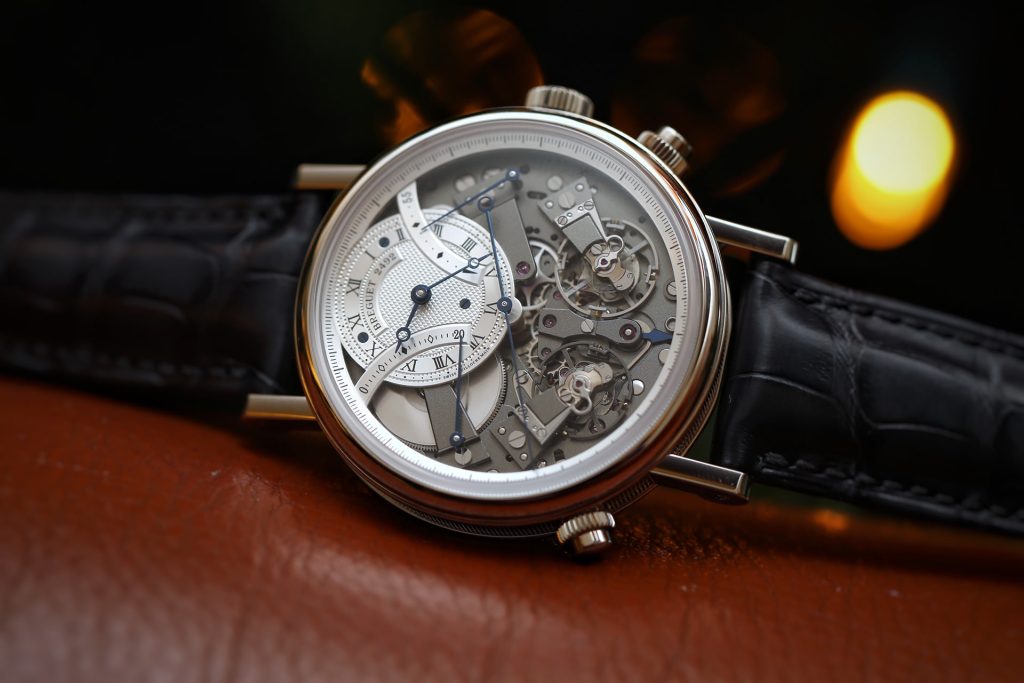
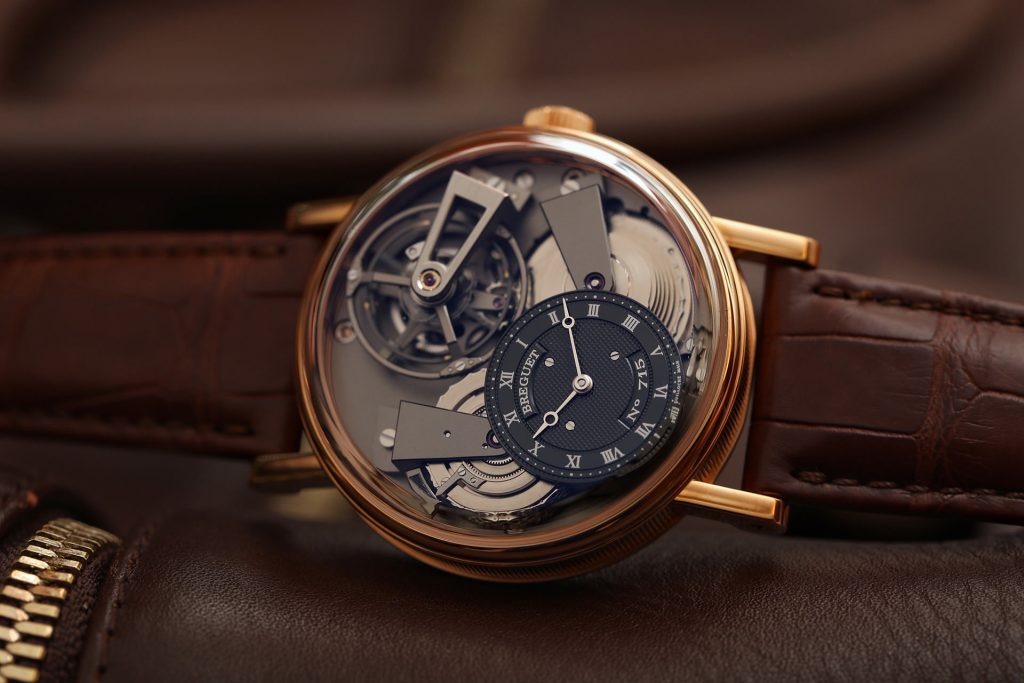
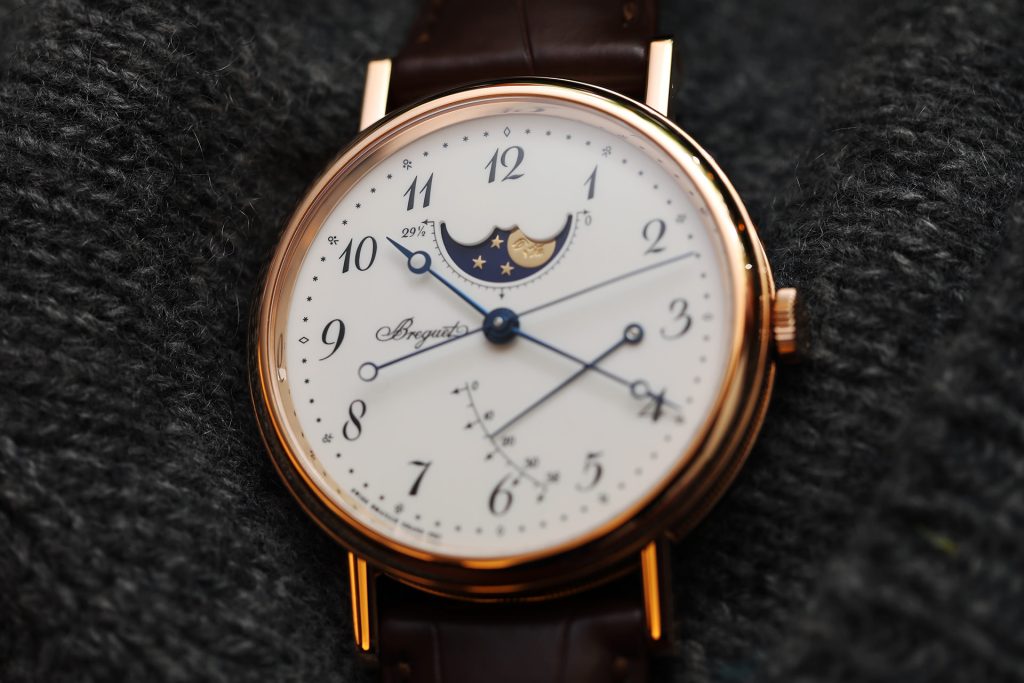
Breguet Traditional Independent Chronograph 7077 (left)
Breguet Tradtition Tourbillon Fusée 7047 (middle)
Breguet Classique 7787 (right)
For the models of the Tradition collection, the house of Breguet has used distinctive features that Abraham-Louis Breguet traditionally used on his pocket watches. As can be seen on the Tradition Tourbillon Fusée 7047, featuring a single-hand, an off-set dial and the movement organs, which in the current models are revealed on the dial-side.
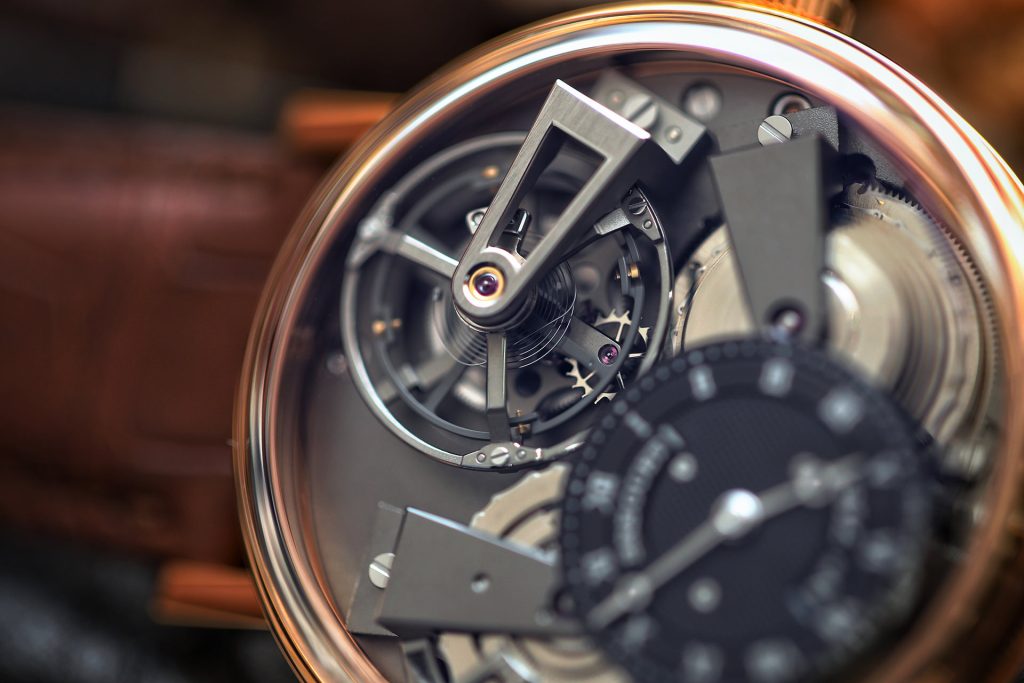
Breguet Tradition Tourbillon Fusée 7047 with the eccentric hand-guilloche dial and open movement
Besides the distinctive feature of the one hour hand, the Breguet Tradition Independent Chronograph 7077 is equipped with an interesting technology. The chronograph complication uses its own balance wheel and gear train – separate from the parts of the mechanical movement that indicate the time. It allows the balance wheel for the chronograph to run at a different frequency rate (36.000 bph) and hence make it more accurate.

Breguet Traditional Independent Chronograph 7077
For his pocket watches Abraham-Louis Breguet dedicated parts of the dial to different functions instead of overloading the whole dial with watch-hands. Therefore he used many small dials (put on top of the main dial), which he arranged decentralized to gain more focus on the presentation of different functions. The Classique 7787 watch reuses this technique as well as it points out further aesthetical values that Abraham-Louis Breguet appreciated. The guilloches and enamel dials have a long tradition at Breguet and are carefully produced by the ‘Grand-Feu’ Enamel technique. Interesting enough, this is one of the most difficult techniques of the art of watch decorating. The Arabic digits are just the same shape and style as they were used over two centuries ago. Also many more details are inspired by Breguet’s original timepieces.
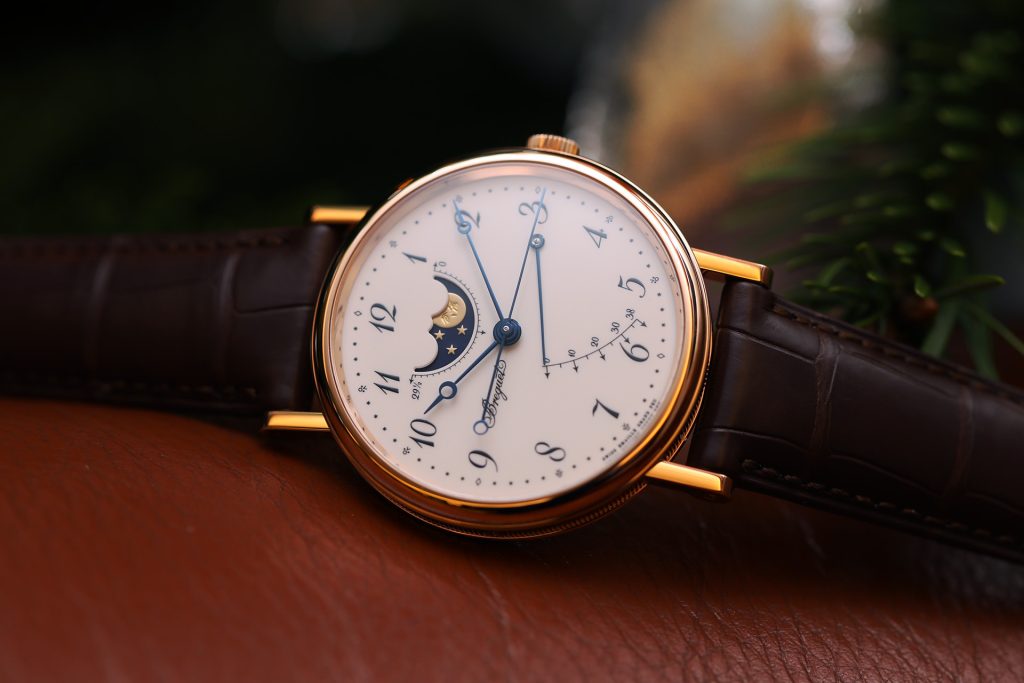
Grand-Feu Email – die Breguet Classique 7787
Vienna is a place where a lot of history is still existent and merges with the modern lifestyle – just like Breguet watches hold on to their historical values and pair them with modern techniques. A perfect place to experience some of their treasures watches.


